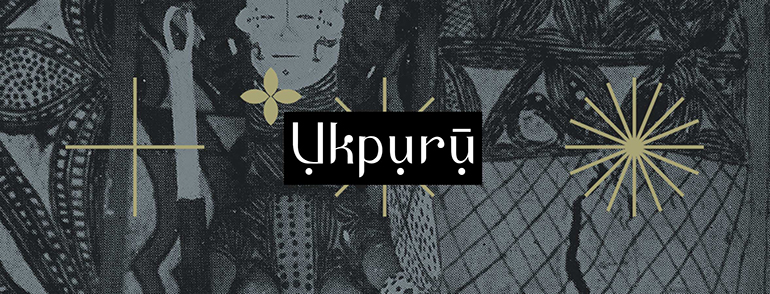
"At the Akquete [Akwete] Market" by Jonathan Adagogo Green, an Ibani (Bonny) photographer, 1895-1905. British Museum. The Ndoki (which Akwete is a part), Asa, and Omuma area is collectively referred to as Ụ̀kwà, which apparently means wealth.
Before the 20th century, this area was a major market area including the Ohambele, Ohanku, Azumini, and Akwete markets that served as meeting points for Igbo groups and coastal middlemen, especially the Ubani or Ibani (of Bonny Island) who brought up European goods to be traded.
These goods were sent further inland by traders coming from places like today's Umuahia, passing through major trading centres like the Uzuakoli and Uburu markets. They used currency like the m̀kpọ ọlà and ìkpèghè or òkpòghò, brass, copper, and bronze rods and coils.
 'King manilla' from Bende. British Museum.
'King manilla' from Bende. British Museum.
This area was also a major slave trading area where the Aro, mainly, exchanged slaves with said middlemen. Bonny, Elem Kalabari, and other coastal states received much of their slaves like this, who they traded with Europeans before the 1870s.

No comments:
Post a Comment